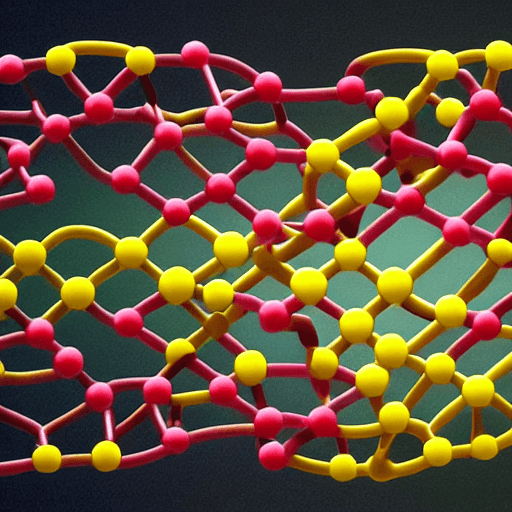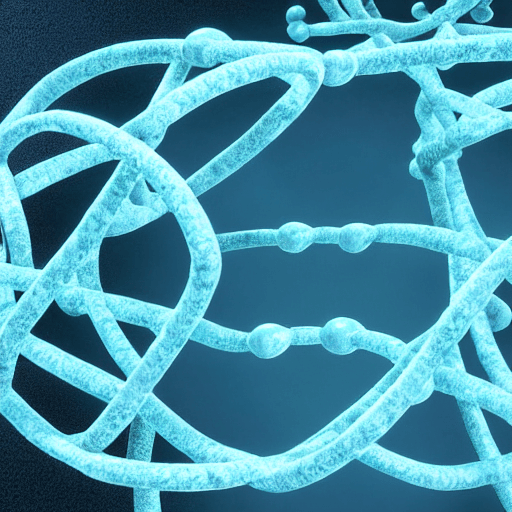Do you know what the three parts of a nucleotide are?
Do you know how each of the parts works independently and as a group?
Let’s review what a nucleotide is, the three parts that make one, and what each parts role is.

The three parts of a nucleotide are the phosphate group, the sugar group, and the nitrogenous base.
The phosphate group is bonded to the sugar group, and the sugar group is bonded to the nitrogenous base.
The nitrogenous base is what provides the identity of each nucleotide.
What are the three parts of a nucleotide?
Nucleotides are essential components of DNA and RNA, and they are also involved in a number of important cellular processes.
Each nucleotide is composed of three parts: a sugar, a phosphate, and a nitrogen-containing base.
The sugar molecule can be either ribose or deoxyribose, and the phosphate group is bonded to the sugar via a phosphodiester bond. The nitrogen-containing base is attached to the sugar via a nitrogenous base pair.
What is a phosphate group?

A phosphate group is a molecular group consisting of a phosphorus atom bonded to four oxygen atoms. These groups are found in a variety of biomolecules, including DNA and RNA.
In biochemistry, phosphate groups are important for many reasons. For example, they can act as buffers to regulate the pH of a solution.
They can also be used to store energy in the form of ATP.
Additionally, phosphate groups play an important role in signal transduction.
When a phosphate group is added to or removed from a protein, it can change the protein’s conformation and alter its function.
Phosphate groups are essential for many biochemical reactions, making them one of the most important groups in biochemistry.
What is the sugar group?

The sugar group is a type of carbohydrate that includes both monosaccharides and disaccharides.
Monosaccharides are simple sugars such as glucose and fructose, while disaccharides are compound sugars such as sucrose and lactose.
The sugar group is an important source of energy for the body, and it can be found in a variety of foods including fruits, vegetables, and grains. While too much sugar can lead to weight gain, moderate amounts of sugar are necessary for the body to function properly.
The sugar group is just one type of carbohydrate, and other types of carbohydrates include starches and fibers.
All carbohydrates are broken down into glucose by the body, and this glucose is then used for energy.
What is a nitrogenous base?
A nitrogenous base is a compound that contains nitrogen and can act as a proton acceptor.
The four main types of nitrogenous bases are adenine, guanine, cytosine, and thymine.
These bases are found in DNA and RNA, and they help to store genetic information. Adenine and guanine are purines, while cytosine and thymine are pyrimidines.
Purines are larger and have a double ring structure, while pyrimidines are smaller and have a single ring structure.
Nitrogenous bases are held together by hydrogen bonds, which allow them to pair up with each other in specific ways. Adenine always pairs with thymine, and guanine always pairs with cytosine.
This complimentary base pairing is essential for DNA replication.
How are the three parts of nucleotide work together?
The three parts of a nucleotide work together to form the building blocks of DNA and RNA.
The nitrogenous base pairs with the sugar molecule, and the phosphate group bonds with the nitrogenous base.
This creates a strong bond that holds the nucleotides together.
The sugar molecule also provides energy for the cell, and the phosphorus group helps to stabilize the cell’s structure.
Together, these three parts work together to create the DNA and RNA molecules that are essential for life.
Which part of the nucleotide is different?
The only part of the nucleotide that differs among the different nucleotides is the nitrogenous base.
Consequently, it is the nitrogenous base that determines the function of the nucleotide within the cell.
For example, adenine bonds with thymine, while cytosine bonds with guanine.
These pairs form the rungs of the DNA ladder, which carries the genetic information within cells.
Together, these three parts make up the basic building blocks of genetic information.
Article Sources
Jacks of Science sources the most authoritative, trustworthy, and highly recognized institutions for our article research. Learn more about our Editorial Teams process and diligence in verifying the accuracy of every article we publish.
